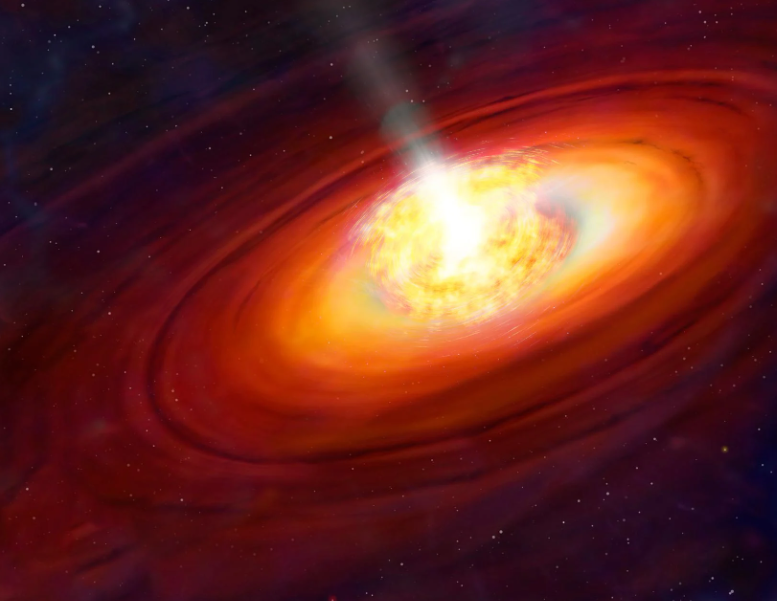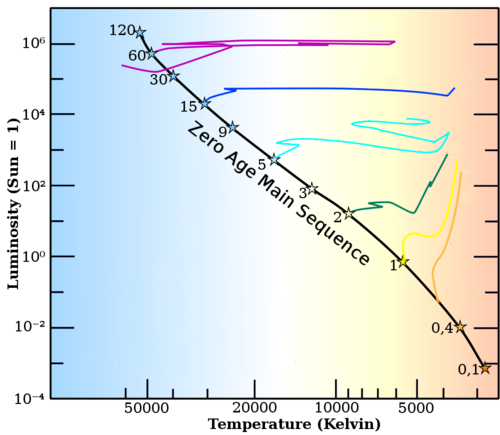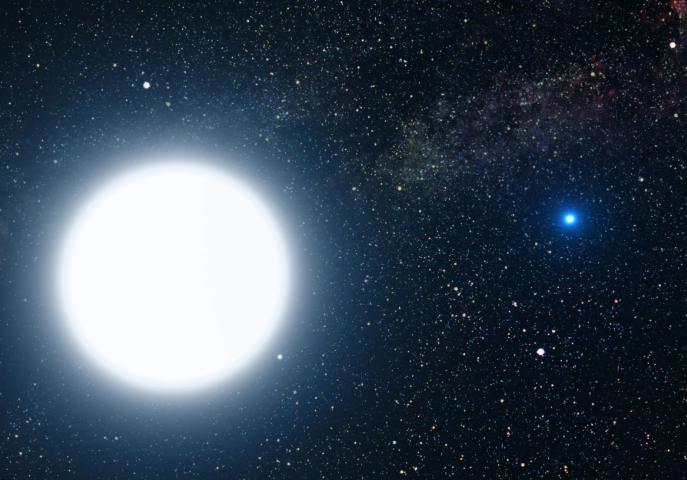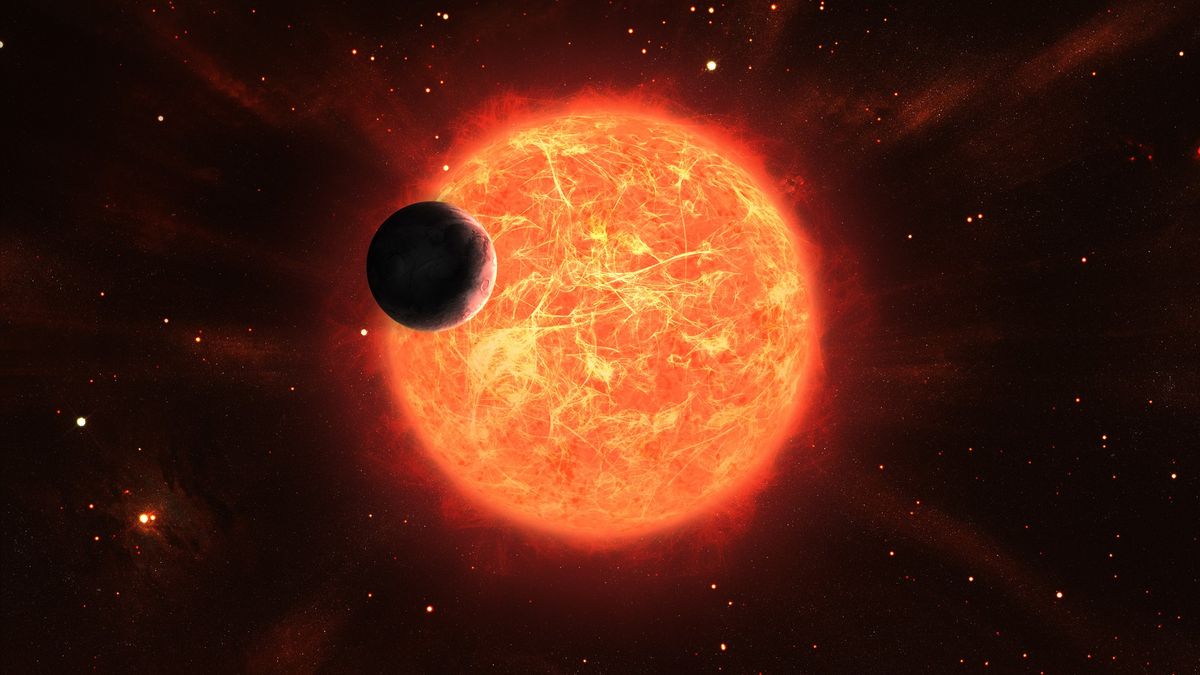
Stage 3b
Protostar
Protostars are formed through a gravitational collapse. When a region inside a cloud core becomes dense enough, it will collapse under its own gravity. This region has to have a mass greater than or equal to 0.08M☉ in order to become a protostar. Density increases and matter accumulates fastest at its center. The collapse causes the cloud core to heat up, eventually forming a core at the center, known as a protostar.


